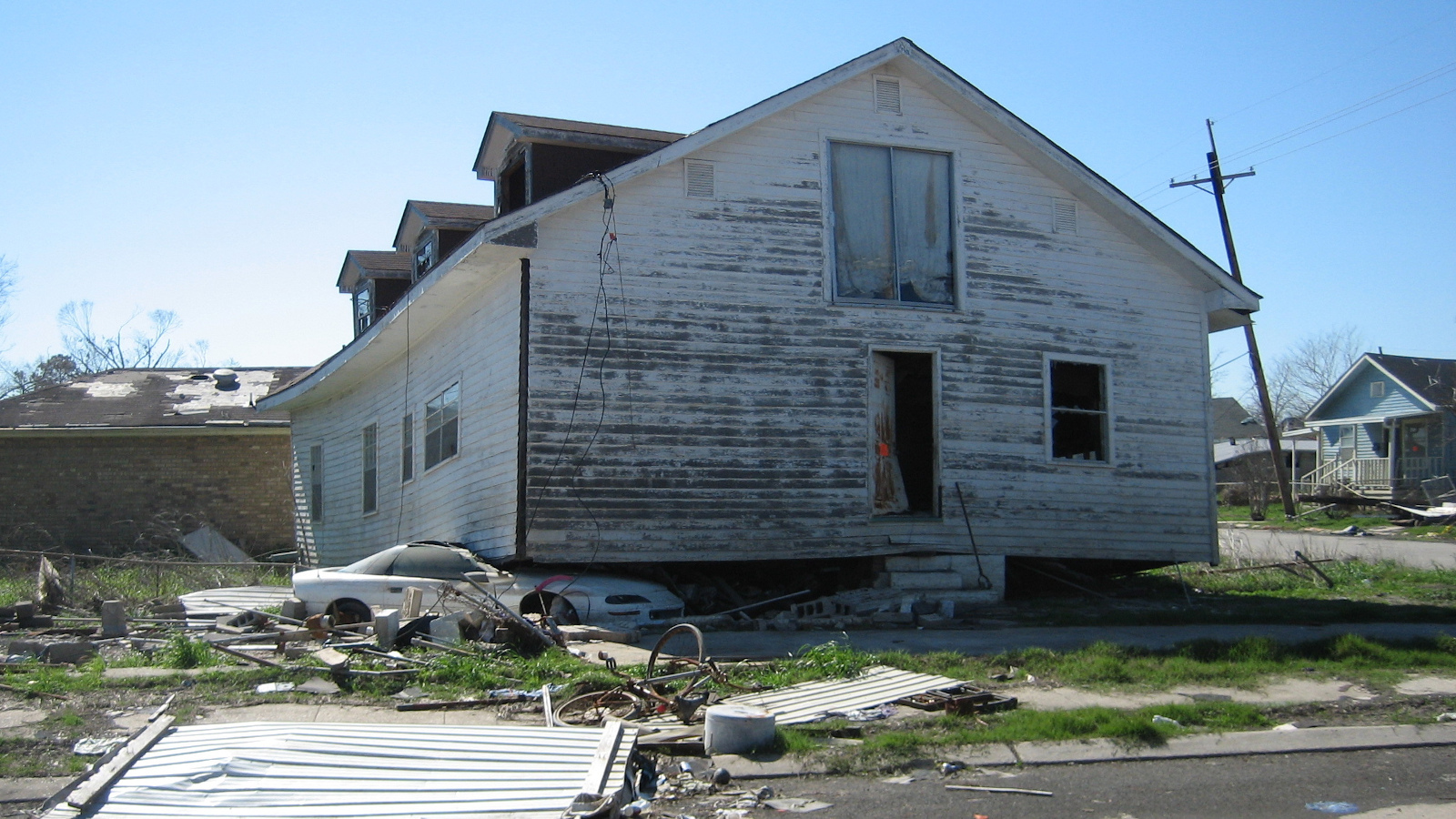![]()
Federal Emergency Management Agency (FEMA) issued the following announcement on May 20.
FEMA has approved $3,568,353 for the State of Florida to help Sumter Electric Cooperative defray the costs of preparing for and responding to Hurricane Irma under FEMA’s Public Assistance Program.
FEMA funds will reimburse Sumter Electric Cooperative for emergency measures taken to protect life and property throughout the seven counties served by Sumter Electric Cooperative following the September 2017 storm. Sumter Electric Cooperative utilized their staff and equipment and temporary generators for emergency power generation during and after Hurricane Irma to support emergency protective measures performed including first debris push to gain access to the storm-damaged electrical grid along with related support costs.
Funding for this Public Assistance (PA) project is authorized under Sections 403 of the Robert T. Stafford Act for Florida to cover Hurricane Irma-related expenses, reimbursing eligible applicants for the cost of debris removal; life-saving emergency protective measures; and the repair, replacement or restoration of disaster-damaged facilities like buildings, roads and utilities.
FEMA’s Public Assistance grant program is an essential source of funding for communities recovering from a federally declared disaster or emergency. The Florida Division of Emergency Management works with FEMA during all phases of the PA program and conducts final reviews of FEMA-approved projects.
Applicants work directly with FEMA to develop project worksheets and scopes of work. Following approvals by FEMA and FDEM, FEMA obligates funding for the project.
FEMA’s Public Assistance program provides grants to state, tribal, and local governments, and certain types of private non-profit organizations including some houses of worship, so that communities can quickly respond to and recover from major disasters or emergencies.
The federal share for Public Assistance projects is not less than 75 percent of the eligible cost. The state determines how the non-federal share of the cost of a project (up to 25 percent) is split with the sub-recipients like local and county governments.
Original source can be found here.




 Alerts Sign-up
Alerts Sign-up